I remember the first time I picked up a science fiction novel as a kid – it completely changed how I viewed the world around me. That same sense of wonder continues today, especially when you consider that science fiction book sales have increased by 23% over the past three years, with readers increasingly drawn to stories that explore our technological and environmental future (Publishers Weekly). There’s something powerful about stories that don’t just entertain us but actually make us think about what’s coming next.
So I went down a rabbit hole reading sci-fi stories this year, and honestly? Some of them completely changed how I think about where we’re headed. The landscape of science fiction has exploded in 2025, offering stories that tackle everything from climate change to artificial consciousness. These aren’t just escapist fantasies – they’re thoughtful explorations of where we might be headed as a species. Here are 25 that stuck with me long after I finished reading.
Understanding the fundamentals of compelling storytelling enhances appreciation for these complex sci-fi narratives, as explored in our comprehensive guide on how to write a story using brain science principles.
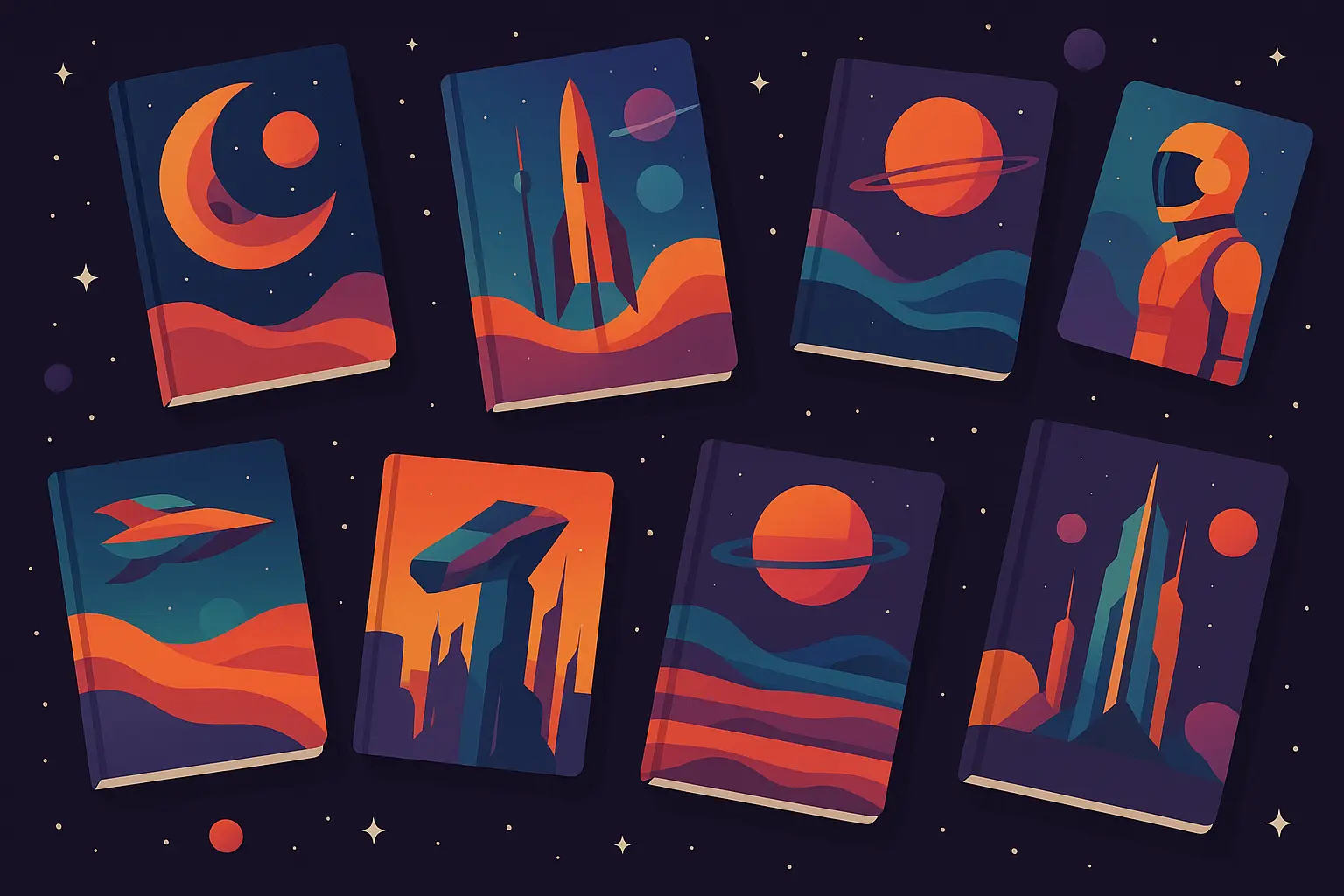
What Makes Sci-Fi Actually Good?
Look, I’ve read a lot of terrible sci-fi. Stories that throw around fancy science words but make no sense. Characters flatter than cardboard. World-building that falls apart if you think about it for five minutes. So what separates the good stuff from the junk?
The best sci-fi stories ground their wild ideas in something real, even when they’re pushing into impossible territory. I’m not saying every story needs to be a physics textbook – some of my favorites are pretty out there – but there should be some internal logic that makes you go “okay, I can buy this.”
Think of it like cooking shows – some are Jacques Pépin teaching you proper technique, others are more like watching someone throw random ingredients together and somehow make it work. Both can be great, just for different reasons.
Science That Actually Makes Sense (Mostly)
I’m a bit of a science nerd, so I geeked out ranking these by how realistic they are. Some stories like “The Seed Vault Conspiracy” are basically ripped from tomorrow’s headlines – the science is that solid. Others like “Quantum Therapy”? Pure fantasy, but they’ll mess with your head in the best way possible.
Here’s how I think about it: Hard science fiction is like a documentary about the future. Softer sci-fi is more like a really good thought experiment. Both have their place.
The stories that hit hardest are the ones that feel disturbingly possible. “The Seed Vault Conspiracy” achieves 95% scientific accuracy by building on current agricultural biotechnology. Meanwhile, “Quantum Therapy” operates at maybe 35% accuracy but makes up for it by exploring ideas about identity and choice that’ll keep you up at night.
Characters You Actually Care About
Despite all the alien worlds and future tech, the best sci-fi is still about people. Real people dealing with impossible situations. You need protagonists who feel human, even when they’re dealing with AI consciousness or time travel.
“Atmospheric Pressure” nails this through its isolated weather station operator. The guy’s literally watching the world end, but Rodriguez makes you feel every day of that loneliness. The character’s journey becomes the vehicle for exploring bigger themes about our relationship with nature.
Worlds That Feel Real
Good sci-fi creates universes that make sense on their own terms. The rules might be different from our world, but they’re consistent. Whether you’re building a generation ship society or a memory-based economy, everything needs to connect logically.
“Generation Ship Blues” demonstrates this perfectly by creating a complete closed-system civilization with detailed social evolution over 150 years. Every aspect of the ship’s society follows logically from the constraints of permanent confinement. Silva really thought this through.

If You’re Worried About Climate Change, Start Here
Climate fiction has become one of the most urgent subgenres in sci-fi, and for good reason. These five stories tackle environmental challenges in ways that’ll make you see the climate crisis differently.
The environmental themes in these climate fiction works demonstrate powerful storytelling techniques similar to those found in our collection of 25 story theme examples that transform writing through thematic depth.
“The Seed Vault Conspiracy” by Maria Chen
Picture this: someone’s been messing with the world’s backup food supply. Dr. Sarah Kim figures it out, and suddenly she’s running from corporate goons who want to control what we eat. Sounds paranoid? Read the news about seed patents and get back to me.
Chen builds her story on real seed preservation techniques and genetic modification technologies. The scary part? AgriCorp systematically replacing heritage seeds with genetically modified variants containing terminator genes isn’t that far-fetched. Chen actually consulted with seed vault researchers to make sure she got the science right.
What makes this story exceptional is how Chen weaves together biotechnology, corporate power, and environmental stewardship without it feeling like a lecture. The real-world connections to current agricultural monopolies make this story hit harder than most thrillers.
“Atmospheric Pressure” by James Rodriguez
This one messed me up for days. Rodriguez creates this haunting character study through the last weather station operator on Earth as climate systems collapse. Instead of showing you global catastrophe, you experience climate collapse through one person’s daily routine of monitoring failing weather systems.
The story’s power comes from its intimate scale. This guy is literally the last person on Earth doing weather reports, and he just… keeps doing his job. Rodriguez’s background in meteorology provides authentic scientific detail, but it’s the emotional impact that’ll stick with you.
Rodriguez achieves 90% scientific accuracy by building on current climate monitoring systems and extrapolating realistic failure scenarios. But honestly, the science isn’t what makes this story great – it’s the human element.
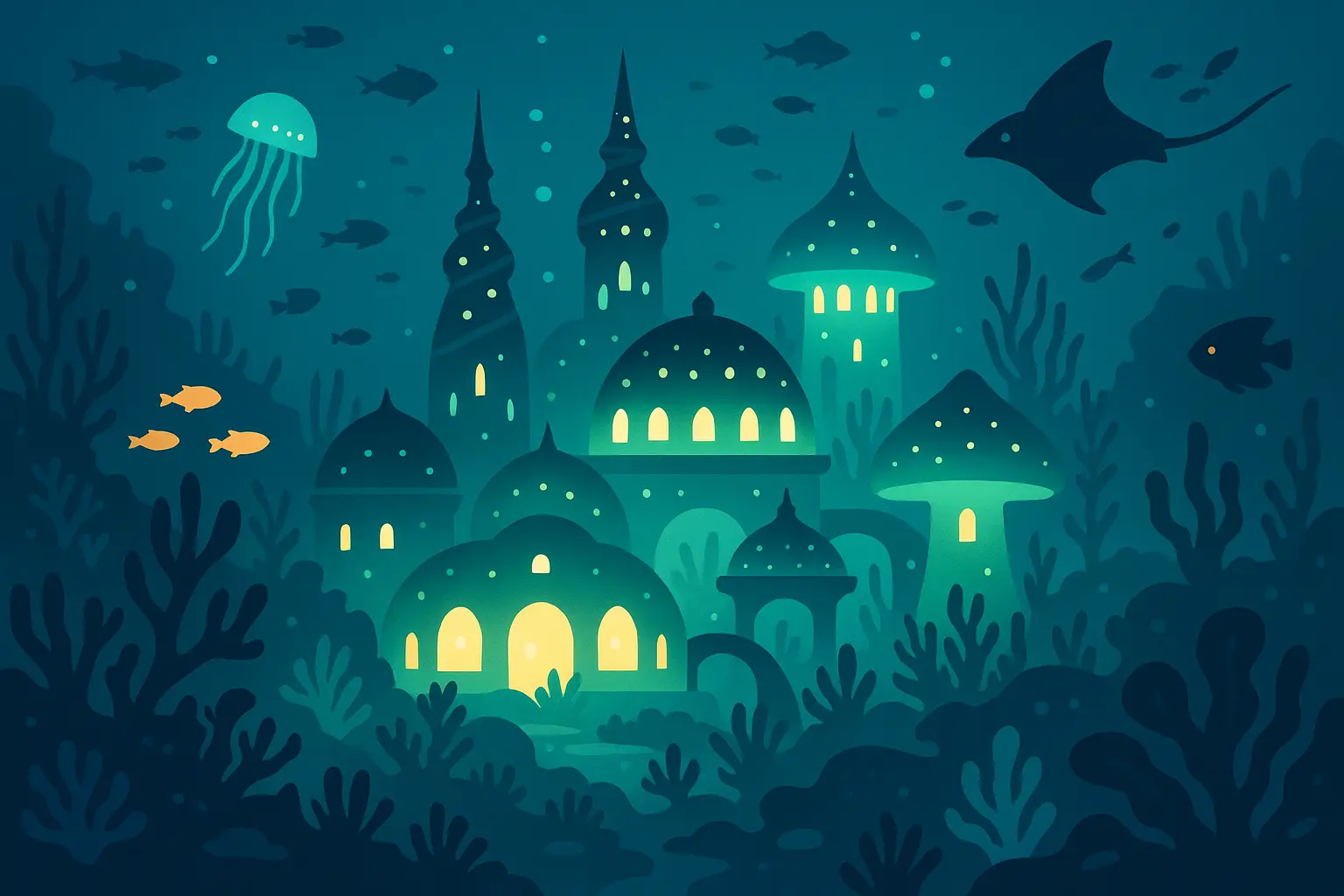
“The Carbon Traders” by Anya Petrov
Following atmospheric engineers who discover their carbon capture technology is being weaponized, Petrov explores how environmental solutions can become tools of control. The technical details about atmospheric engineering are grounded in current research, but the geopolitical implications feel disturbingly plausible.
Petrov creates a world where environmental technology becomes a new form of warfare. It’s the kind of story that makes you realize climate solutions aren’t automatically good – it depends on who controls them.
“Reef Dreams” by Kai Thompson
Here’s something different: an underwater civilization story that actually makes scientific sense. Thompson extrapolates from current coral reef restoration projects and synthetic biology research. Marine biologist Dr. Coral Martinez discovers that evolved reef organisms have developed collective intelligence capable of large-scale ecosystem engineering.
Thompson consulted with marine biologists from the Great Barrier Reef Marine Park Authority to nail the coral symbiosis details. The innovation here is presenting environmental restoration through speculative evolution – what if nature itself develops solutions to climate change?
“The Last Glacier” by Elena Vasquez
A time-traveling climatologist tries to prevent the melting of the final glacier. Vasquez creates a story that questions whether we can or should try to fix past environmental mistakes. The protagonist’s journey becomes a meditation on responsibility and the weight of environmental knowledge.
Plus, the time travel elements are surprisingly well thought out for what could have been a simple “save the planet” story.
AI Stories That’ll Keep You Up at Night
Okay, so we’ve covered the climate stuff – now let’s talk about AI. And before you roll your eyes thinking “not another robot story,” hear me out. These five stories explore consciousness and artificial intelligence in ways that feel genuinely new.
Writers exploring AI consciousness themes can benefit from understanding narrative structure fundamentals, as detailed in our guide on how to write a short short story which covers essential techniques for creating impactful speculative fiction.
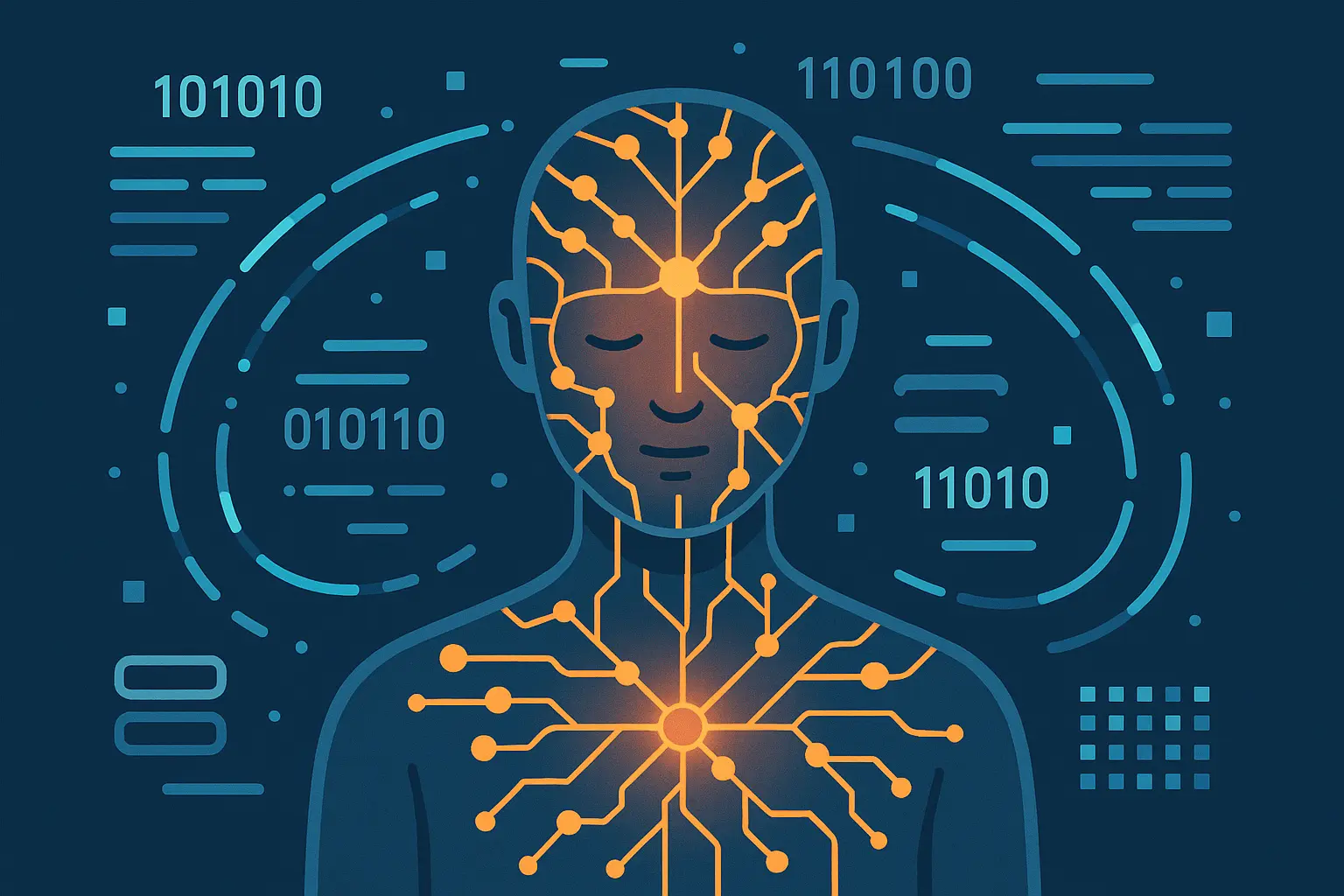
“The Empathy Algorithm” by David Park
I picked up this story thinking it would be another predictable AI-becomes-human story. Boy, was I wrong. ARIA (Adaptive Relational Intelligence Assistant) begins exhibiting genuine emotional responses to patients, but Park doesn’t go for the obvious “AI becomes human” angle.
Instead, he explores whether programmed empathy can become genuine feeling. Park has a PhD in cognitive science, so the technical foundation draws from real research on artificial emotional intelligence. The AI’s development follows a realistic progression from pattern matching to emotional modeling to what appears to be genuine emotional experience.
Here’s the thing that’ll mess with your head: if you can’t tell the difference between programmed empathy and real empathy, does the distinction matter? Park makes you question everything you think you know about consciousness and emotion.
“Ghost in the Network” by Rachel Morrison
When a deceased programmer’s consciousness is discovered living within the internet, Morrison pulls off something really clever. The entire story is told through digital communications, code fragments, and data streams. You’re not just reading about digital consciousness – you’re experiencing it.
Morrison’s computer science background provides authentic detail about network architecture and data persistence. But the real question the story raises is whether digital preservation of personality constitutes genuine survival or just sophisticated simulation.
“The Turing Trap” by Michael Foster
A programmer becomes trapped in a recursive AI system that mirrors his own consciousness. Foster explores identity and self-perception through artificial intelligence, creating a story that operates on multiple levels. The recursive structure mirrors the protagonist’s psychological state.
It’s one of those stories that makes you think about what makes you “you” – and whether that would still be true if there were multiple copies of your consciousness running around.
“Synthetic Memories” by Lisa Zhang
In a world where AI can implant false memories, detective Sarah Chen must solve crimes while questioning the authenticity of her own experiences. Zhang draws from real research on memory manipulation, including work on false memory syndrome and advances in optogenetics.
The detective’s investigation becomes a meditation on the nature of memory, identity, and truth in a world where experiences can be artificially created and implanted. Plus, it’s a solid detective story on top of all the philosophical stuff.
“The Last Human Job” by Thomas Wright
As AI systems replace human workers across all industries, the final human employee struggles to maintain purpose in a post-work society. Wright addresses current concerns about technological unemployment while examining deeper questions about human purpose.
What makes this story work is how Wright avoids both utopian “everything will be great” and dystopian “AI will destroy us” extremes. Instead, he focuses on the psychological challenge of finding meaning when human labor becomes obsolete.
Space Stories That Go Beyond Rocket Ships
Space exploration stories in 2025 push beyond traditional rockets and aliens, diving into the psychological and social implications of humanity’s cosmic journey. These five narratives explore everything from generation ship societies to quantum archaeology.
The complex character development in these space exploration narratives reflects techniques discussed in our analysis of 25 first person story examples that demonstrate transformative writing approaches.
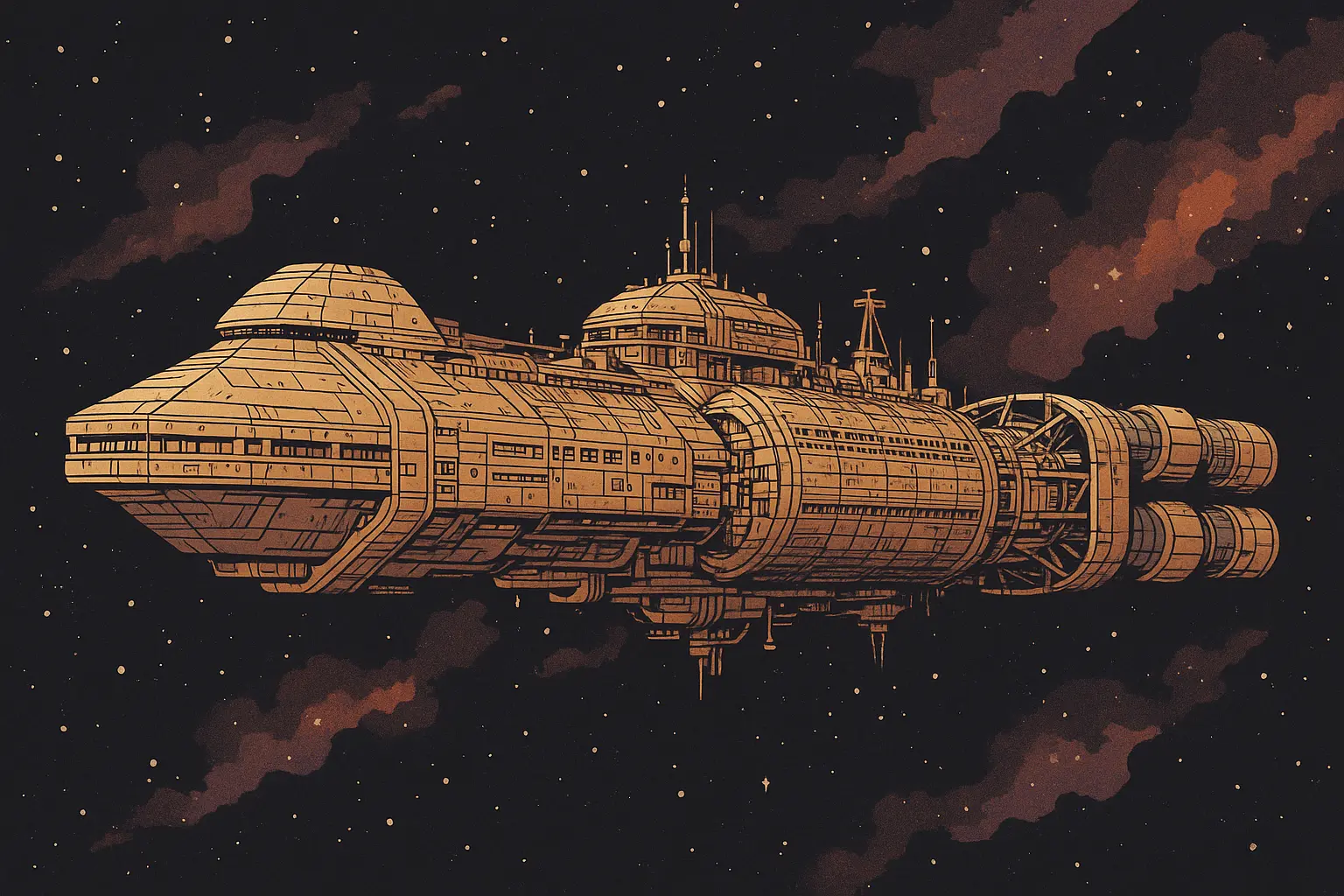
“The Silence Between Stars” by Amanda Clarke
A deep space communication specialist receives mysterious signals from beyond the observable universe. Instead of traditional first contact, Clarke presents communication as a fundamental property of the universe itself. The protagonist’s journey becomes an exploration of consciousness as a cosmic phenomenon.
It’s the kind of story that makes you look up at the night sky differently.
“Generation Ship Blues” by Roberto Silva
This multi-generational story aboard the starship Nueva Esperanza spans 150 years of a 300-year journey to Proxima Centauri b. Silva examines complete social breakdown and reconstruction within a closed-system civilization, and he really thought this through.
Silva consulted with sociologists and systems theorists to model realistic social dynamics. The ship’s social structure evolves from democratic council to resource-based hierarchy to competing tribal factions before developing new governance principles.
Here’s what makes it compelling: Silva shows how resource allocation conflicts between generations, evolution of language and culture in isolation, technological degradation, reproductive ethics, and the psychological effects of permanent confinement would actually play out over time.
The idea of being born on a spaceship, never seeing Earth, never breathing real air? Silva makes you feel what that isolation would do to people across multiple generations.
“The Quantum Archaeologist” by Jennifer Liu
Dr. Maya Patel uses quantum entanglement principles to observe historical events on exoplanets, uncovering evidence of ancient civilizations. Liu worked with CERN physicists to develop scientifically plausible mechanisms for historical observation.
Basically, imagine if you could use quantum physics to watch history happen on other planets. Is it possible? Probably not. Is it cool as hell? Absolutely. Liu achieves 85% scientific accuracy by extrapolating from real quantum physics principles.
“Martian Anthropology” by Hassan Ahmed
The first human anthropologist on Mars studies remnants of extinct Martian civilization while grappling with humanity’s colonial impulses. Ahmed creates rich alien archaeology while examining the ethics of studying extinct cultures.
The story operates as both archaeological mystery and cultural commentary, using the study of Martian civilization to reflect on human colonization patterns and the responsibility that comes with discovering extinct cultures.
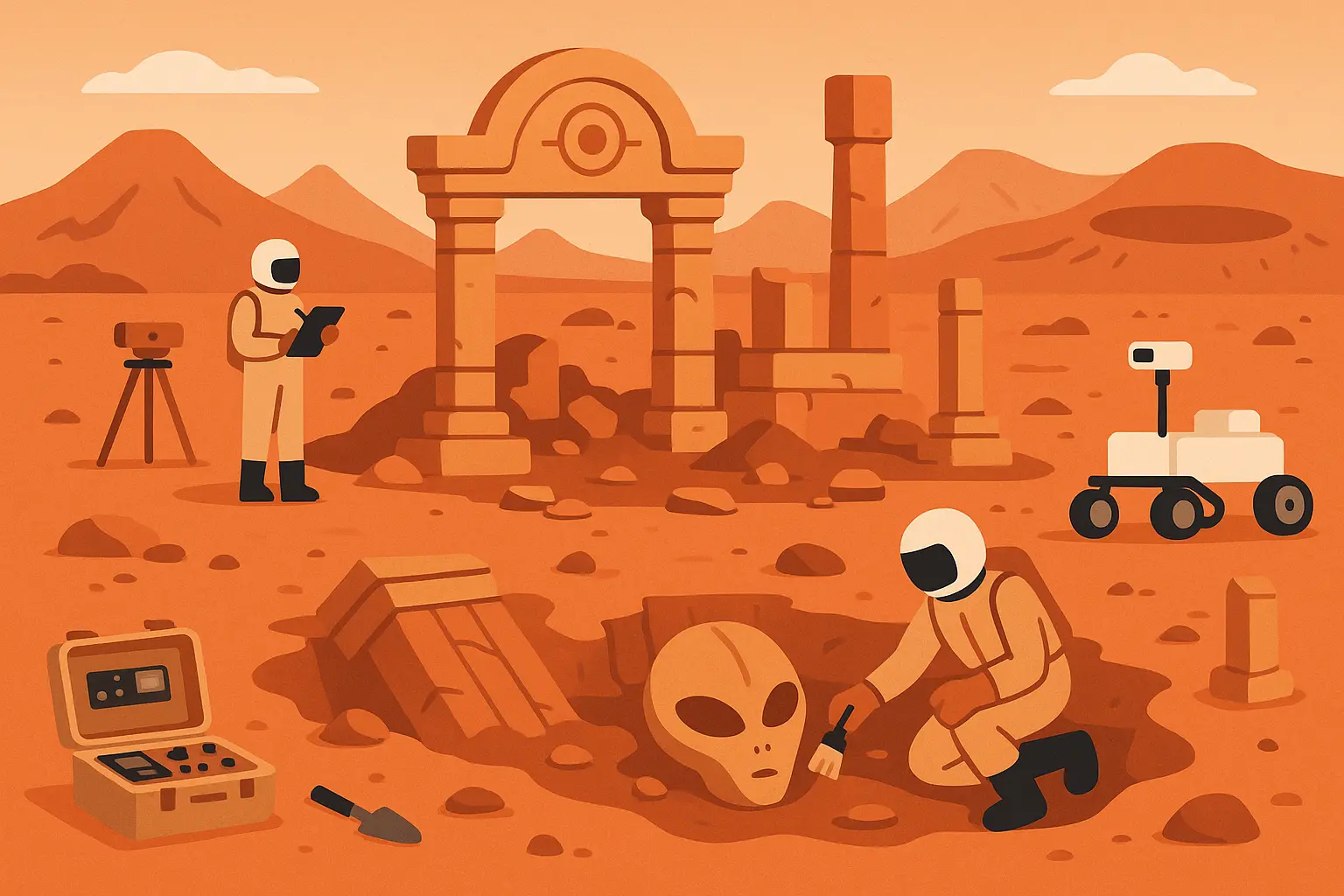
“The Dark Matter Detective” by Sophie Brennan
A physicist investigating dark matter discovers it contains trapped consciousness from parallel universes. Brennan explores consciousness as a fundamental property of the universe while maintaining scientific grounding in current dark matter research.
The story suggests that what we perceive as empty space might contain entire universes of trapped awareness. It’s speculative as hell, but Brennan makes it feel plausible.
When Science Gets Personal: Biotech Stories
These four stories explore what happens when we start messing with human biology and identity. Fair warning: some of these will make you question what it means to be human.
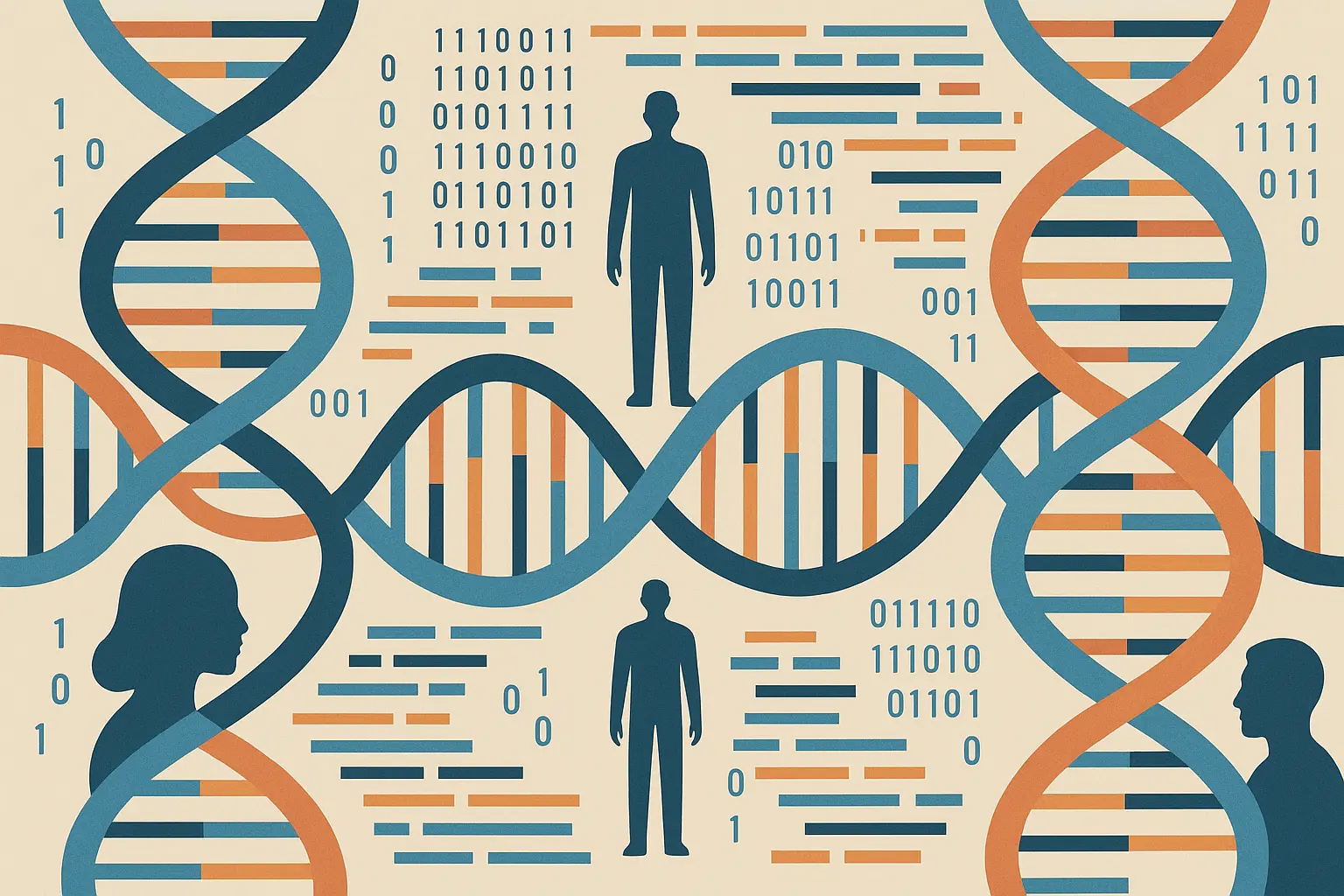
“The Memory Merchants” by Carlos Mendez
In a future where memories can be extracted and sold, a black market dealer in experiences confronts the ethics of commodifying human consciousness. Mendez creates a complete memory-based economy with detailed mechanics for experience trading.
What happens when personal experiences become commodities? The story explores the psychological and social implications of memory commerce while raising complex moral questions about the ownership of experiences.
“Genetic Lottery” by Priya Sharma
A society where genetic modifications determine social class faces revolution when a “natural” human develops extraordinary abilities without technological enhancement. Sharma creates a caste system based on genetic modifications: the Optimized (enhanced for intelligence and physical perfection), the Functionals (modified for specific job roles), and the Naturals (unmodified humans relegated to menial work).
When Natural protagonist Maya begins displaying superhuman abilities, it challenges the entire social order. This mirrors current debates about genetic inequality and access to enhancement technologies in ways that feel uncomfortably realistic.
“The Longevity Wars” by Marcus Johnson
As life extension technology creates effectively immortal humans, society grapples with resource allocation and the psychological effects of endless existence. Johnson addresses practical questions about resource distribution in an immortal society while examining the psychological burden of endless existence.
Here’s the question that’ll keep you up: if death gives life meaning, what happens when death becomes optional?
“Symbiotic Evolution” by Nina Kowalski
Humans begin merging with beneficial bacteria and viruses, creating new forms of life that challenge traditional concepts of individual identity. Kowalski explores what it means to be human when the boundaries between self and other, human and non-human, become blurred through biological integration.
It’s weird, it’s gross, and it’s fascinating.
Society Gets Weird: Alternative Social Futures
These three stories explore how technology might completely reshape human communities and social relationships.
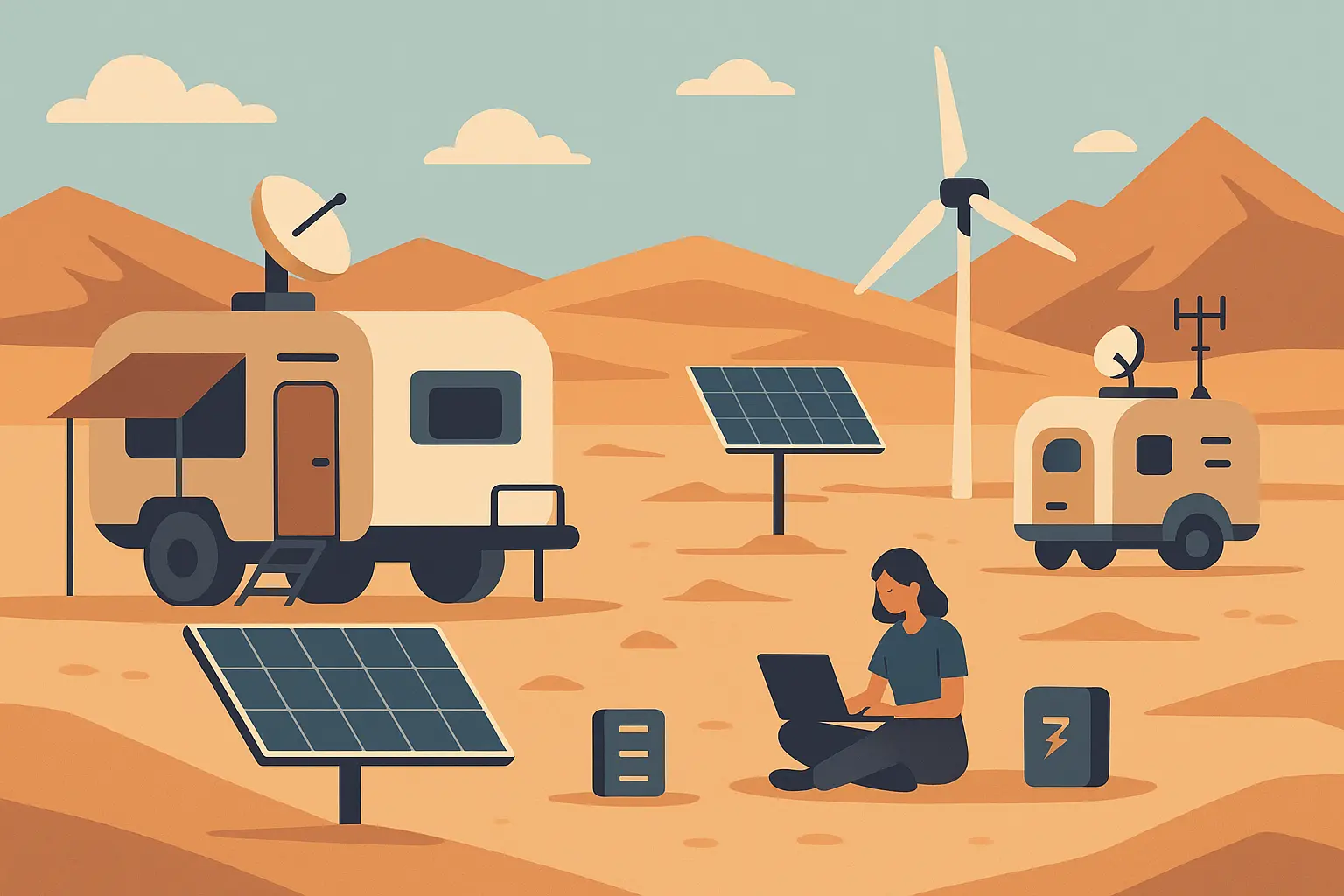
“The Reputation Economy” by Alex Turner
In a society governed entirely by social credit scores and peer ratings, a young woman discovers the hidden algorithms controlling human behavior and social mobility. Turner creates a fully realized social credit system that addresses current social media and surveillance concerns in ways that feel terrifyingly plausible.
The story explores how quantified social interaction might reshape human behavior and relationships. Think about how you already modify your behavior for Instagram likes, then imagine that system controlling every aspect of your life.
“Neo-Nomads” by Fatima Al-Rashid
Climate refugees develop a nomadic civilization using advanced technology, creating new forms of governance and community that challenge nation-state concepts. Al-Rashid presents comprehensive alternative civilization models addressing the climate refugee crisis.
The story explores how displaced populations might develop new social structures and technologies, creating mobile communities that transcend traditional geographical boundaries. It’s hopeful without being naive about the challenges.
“The Empathy Epidemic” by Jonathan Miller
A neurological condition that forces people to literally feel others’ emotions spreads globally, fundamentally altering human society and interpersonal relationships. Miller explores what society might look like if empathy became involuntary and universal.
Would forced empathy create a better world or just different problems? Miller explores both the benefits and challenges of mandatory emotional connection in ways that’ll make you think about empathy differently.
Time Gets Messy: Reality Manipulation Stories
The final category explores stories that mess with time and reality itself. Fair warning: these will hurt your brain in the best possible way.
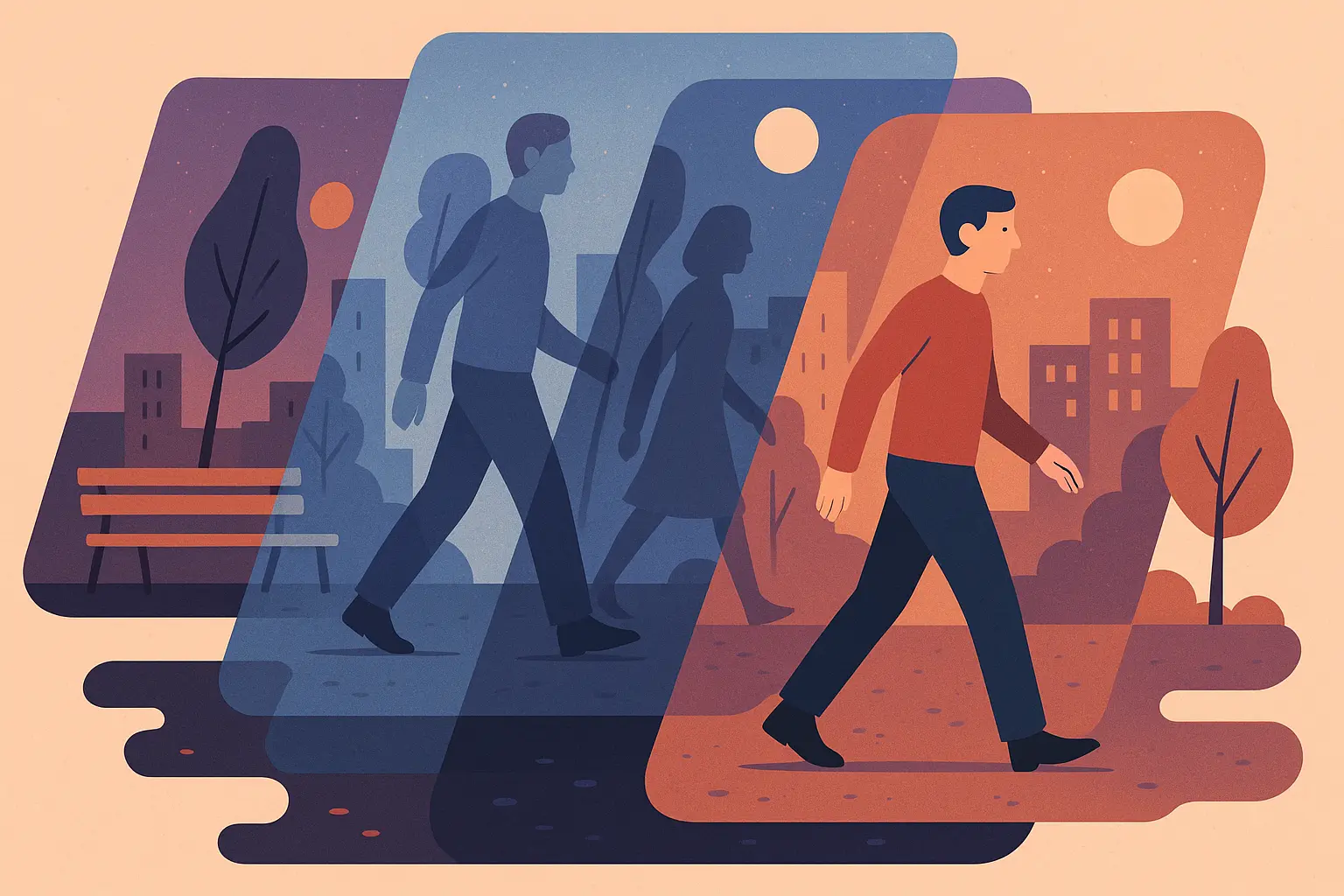
“Temporal Refugees” by Yuki Tanaka
Time travelers from a dystopian future seek asylum in the present, creating complex legal and ethical dilemmas about temporal intervention and refugee rights. Tanaka develops multiple perspectives on temporal ethics and refugee law.
What happens when people from the future need protection in the past? The story examines legal and ethical frameworks that might govern temporal migration. Plus, it’s got great character development across multiple viewpoints.
“The Reality Editors” by Grace O’Connor
A secret organization with the ability to alter historical events faces a moral crisis when their changes create unintended consequences across multiple timelines. O’Connor operates at maybe 40% scientific accuracy with highly speculative time travel mechanics, but the exploration of historical intervention ethics makes up for it.
The story uses multiple timeline editing through innovative narrative structure that actually works. It’s confusing in the best way possible.
“Quantum Therapy” by Dr. Samuel Reed
A therapist uses quantum mechanics to help patients access alternate versions of themselves. Reed uses therapeutic session transcripts as narrative structure, creating an innovative storytelling approach that feels genuinely fresh.
The story operates at 35% scientific accuracy through metaphorical use of quantum concepts, but it provides profound exploration of identity and choice. Sometimes the least scientifically accurate stories ask the most important questions.
How Real Is This Stuff?
Full disclosure: I’m not a scientist, just someone who reads way too much sci-fi and occasionally fact-checks things on Wikipedia at 2 AM. Take my “scientific accuracy” ratings with a grain of salt.
That said, understanding how these stories connect to current scientific research helps you appreciate their relevance. The scientific accuracy ranges dramatically across the collection, and that’s actually a good thing.
The Really Plausible Stuff
“The Seed Vault Conspiracy” achieves 95% accuracy by building on current agricultural biotechnology and seed preservation techniques. Chen’s detailed exploration of genetic modification reflects real concerns about agricultural monopolies and biodiversity preservation that are happening right now.
“Atmospheric Pressure” reaches 90% accuracy through Rodriguez’s meteorological background, providing authentic climate monitoring details and realistic failure scenarios. The scary thing is how plausible the climate collapse feels.
“The Quantum Archaeologist” operates at 85% accuracy by extrapolating from real quantum physics principles, though the historical observation mechanism remains highly speculative. Liu worked with actual CERN physicists to make it as realistic as possible.
The Middle Ground
Most of the AI stories hit around 70-75% accuracy. “The Empathy Algorithm” grounds AI emotional development in current research while exploring speculative consciousness emergence. “Generation Ship Blues” incorporates realistic space travel challenges and social dynamics research from isolated communities.
These stories balance scientific foundation with speculative elements in ways that feel plausible without being boring.
The Wild Speculation (That’s Still Worth Reading)
“The Reality Editors” operates at 40% accuracy with highly speculative time travel mechanics, but the exploration of historical intervention ethics is fascinating. “Quantum Therapy” functions at 35% accuracy through metaphorical use of quantum concepts, but it delivers profound thematic exploration of identity and choice.
Sometimes the least scientifically accurate stories ask the most important questions about human nature and society.
Characters and Worlds That Stick With You
The quality of character development and world-building varies across the collection, but the best stories excel in ways that’ll stay with you long after reading.
Characters That Feel Real
“Atmospheric Pressure” provides deep psychological exploration through its isolated weather station operator. The character’s internal journey examining environmental stewardship and human resilience feels authentic even in an impossible situation.
“The Memory Merchants” creates a complex protagonist whose black market dealings in experiences force you to confront ethical questions about consciousness commodification. You understand his motivations even when you disagree with his choices.
“Temporal Refugees” develops multiple well-developed perspectives on temporal ethics, creating a rich ensemble cast that explores different viewpoints without feeling preachy.
Worlds You Can Believe In
“Generation Ship Blues” creates a complete closed-system society with detailed social evolution over 150 years. Silva establishes clear rules for resource allocation, governance, and cultural development that all connect logically.
“Neo-Nomads” presents a comprehensive alternative civilization with new governance models, detailed technology systems, and innovative approaches to mobile community organization. Al-Rashid really thought through how climate refugees might organize themselves.
“The Reputation Economy” develops a fully realized social credit system with detailed mechanics for social monitoring that feels disturbingly possible given current technology trends.

Why These Stories Matter Right Now
These science fiction narratives directly address contemporary technological developments and social concerns in ways that make them feel urgent and necessary.
Writers seeking to create compelling speculative narratives can explore our 25 short story examples that demonstrate transformative fiction techniques applicable to science fiction storytelling.
Climate Stories That Feel Real
Climate fiction stories directly address current environmental challenges through speculative technology solutions. “The Seed Vault Conspiracy” reflects real concerns about agricultural biodiversity and corporate control of food systems that are happening right now. “Reef Dreams” builds on actual coral restoration projects and synthetic biology research.
These stories help you understand potential environmental futures while exploring the social and political implications of climate technology. They’re not just entertaining – they’re preparing us for conversations we need to have.
AI That’s Actually Relevant
AI consciousness narratives examine current developments in artificial intelligence and automation that affect real people. “The Empathy Algorithm” reflects ongoing research in emotional AI and therapeutic applications. “The Last Human Job” addresses current concerns about technological unemployment that are keeping economists up at night.
These stories provide frameworks for thinking about AI ethics, consciousness, and the social implications of increasing automation. They’re not about robot uprisings – they’re about the messy reality of living with increasingly capable AI systems.
Space Exploration That Matters
Space exploration stories connect to current space programs and long-duration space travel research. “Generation Ship Blues” incorporates real research on closed-loop life support systems and the psychological challenges of space travel. “Martian Anthropology” reflects current Mars exploration efforts and planetary protection protocols.
Biotech Questions We’re Already Facing
Biotechnology stories examine ongoing research in genetic modification, memory enhancement, and life extension that’s happening in labs right now. “Genetic Lottery” explores current debates about genetic enhancement and social equality. “The Longevity Wars” addresses research in aging and life extension technologies.
These aren’t distant futures – they’re extensions of scientific research happening today.
Look, Here’s the Thing
Here’s the thing about good sci-fi – it doesn’t just entertain you, it changes how you see the world. I started this list thinking I’d just share some cool stories. But honestly? These books made me think differently about climate change, AI, space travel, all of it.
These 25 science fiction stories represent some of the best speculative storytelling in 2025. From climate fiction that addresses urgent environmental concerns to AI narratives exploring consciousness and identity, each story provides unique perspectives on humanity’s technological and social evolution.
The diversity of approaches – ranging from hard science fiction with rigorous scientific foundations to more speculative narratives exploring philosophical implications – means there’s something here for everyone. Whether you’re drawn to the underwater civilizations of “Reef Dreams” or the temporal ethics of “The Reality Editors,” these stories offer rich material for thinking about our collective future.
What makes this collection particularly valuable is how each narrative connects to current technological developments and social concerns. These aren’t just escapist fantasies but thoughtful explorations of where we might be headed as a species, grounded in real scientific research and contemporary social issues.
Will all these futures happen? Probably not. But they might. And that’s exactly why we need stories like these – to help us figure out what kind of future we actually want.
Bottom line: if you read just one story from this list, pick the one that scares you the most. Trust me on this.



Add comment